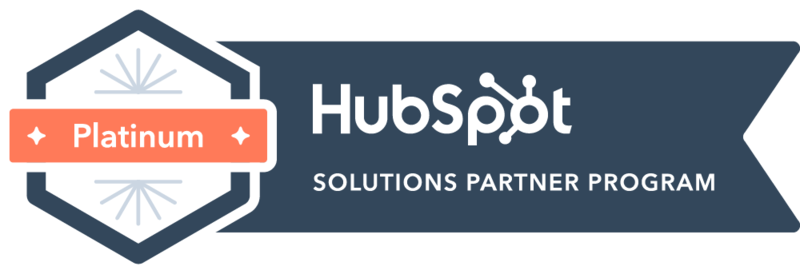This time last year you probably had a comprehensive 2020 marketing plan sitting in front of you, and perhaps you were already putting it into action (or maybe you were still adding some final touches - no judgement here). We all know what happened next - COVID-19 hit the UK, and many of our best-laid plans became impossible to execute.
So this year, for the first time, putting a plan in place a whole 12 months in advance doesn’t seem right. We’re in lockdown right now, but by the summer, who knows where we’ll be? Perhaps your prospects will be back in the office, and less inclined to join a webinar. Or maybe we’ll still have restrictions in place, and you’ll still need to rely on digital channels to reach prospects that are working remotely. And then there’s next winter...
Nobody knows how this year will play out, so if you’re struggling to plan for 2021, rest assured that you’re not alone. But if there’s one thing we all learned in 2020, it’s how to be more adaptable - and by taking a more agile approach in the future, you could find it much easier to bring in leads and connect with your customers, no matter how circumstances change.
Why are marketers turning to agile?
Inspired by agile software development, marketers have begun to apply agile methods to their own work in recent years - and those that have made the switch from traditional to agile marketing are already seeing amazing results.
Put simply, agile marketing involves adapting your internal processes to enable your team to carry out short, effective cycles (or ‘sprints’) of work on your campaigns and projects. The aim is to make your team and your marketing plan more flexible to change, and give you the ability to test campaign ideas and adapt or improve them whenever necessary to boost the number of leads you convert to customers.
Marketers that have already adopted agile marketing methods report a number of benefits to doing so, including reducing the time it takes to get campaigns live, increased productivity, and a better ability to ‘change gears quickly and effectively’. As we face another year of great uncertainty, where B2B marketers will once again need to adapt quickly to changing circumstances, it’s therefore no surprise that 42% of traditional marketers are planning to switch to agile marketing in 2021.
How it works
When we say that with an agile approach, you can take a campaign from idea to execution within as little as two weeks, it might sound exciting - but also daunting. However, the brilliant thing about agile marketing is that even incorporating just one element of the process can help you to see better results, faster. So if you’d prefer to incorporate the process into your team bit by bit, that’s fine.
Here’s a basic breakdown of the agile marketing process:
1. It all starts with a plan
A common misconception about taking an agile approach is that it involves crafting campaigns on-the-fly, without any plan or agenda. This is quite simply not true; before you start any sprint, you should hold a sprint planning session, in which you work out exactly what needs to happen during your sprint.
This means looking at your campaign plan and determining what you can deliver within your sprint. Once you’ve decided what your goal for this sprint is, you can break it down into tasks, prioritise them and assign them to different members of your team. This way, everyone’s ready to go on day one of your sprint.
2. It’s time to sprint
Once your sprint plan is in place, you’re ready to start sprinting! How long your sprint lasts will vary depending on what you’re trying to deliver, but during this time your team’s whole focus should be on this campaign.
Each morning, your entire team should meet for a quick, 15 minute ‘standup’ meeting. Standing up is optional, but discussing what each team member worked on yesterday, what they intend to work on that day and if there are any barriers blocking them from making progress is not. These daily meetings are crucial to ensure everyone can work seamlessly throughout the sprint.
3. Get ready to review
At the end of each sprint, it’s important to look back at what you achieved and consider what could be improved. So call the whole team in for a sprint review meeting, in which you review the work you have done on your campaign and decide whether it’s ready to go live. Sometimes, you might decide that you need to do another sprint to improve your campaign further before it’s launched. Others, you might decide to put the campaign live and test how it performs, as one of the biggest benefits of agile processes in place is that you can always amend or pivot your campaigns whenever you need to.
Take it slowly
We’re facing another year of uncertainty, which means it might not feel like the best time to introduce a new agile way of working. But agile methods can truly transform the way you work, and could significantly increase your success in 2021 - so it’s worth exploring how you could incorporate some or all of the agile process into your team.
At The Marketing Pod, we know a thing or two about being agile - we commit to tight turnarounds for all of our clients, and we were on hand to help many of them pivot in 2020. When you sign up to our Achieving Agility newsletter, our experts will introduce you to agile marketing over 6 weeks, and we’ll even send you some handy tools to help you get started. To sign up, click here.






 The Marketing Pod
The Marketing Pod
 Alexander Costello
Alexander Costello
 Emma Crofts
Emma Crofts
 Mike Nicholls
Mike Nicholls






.png)


